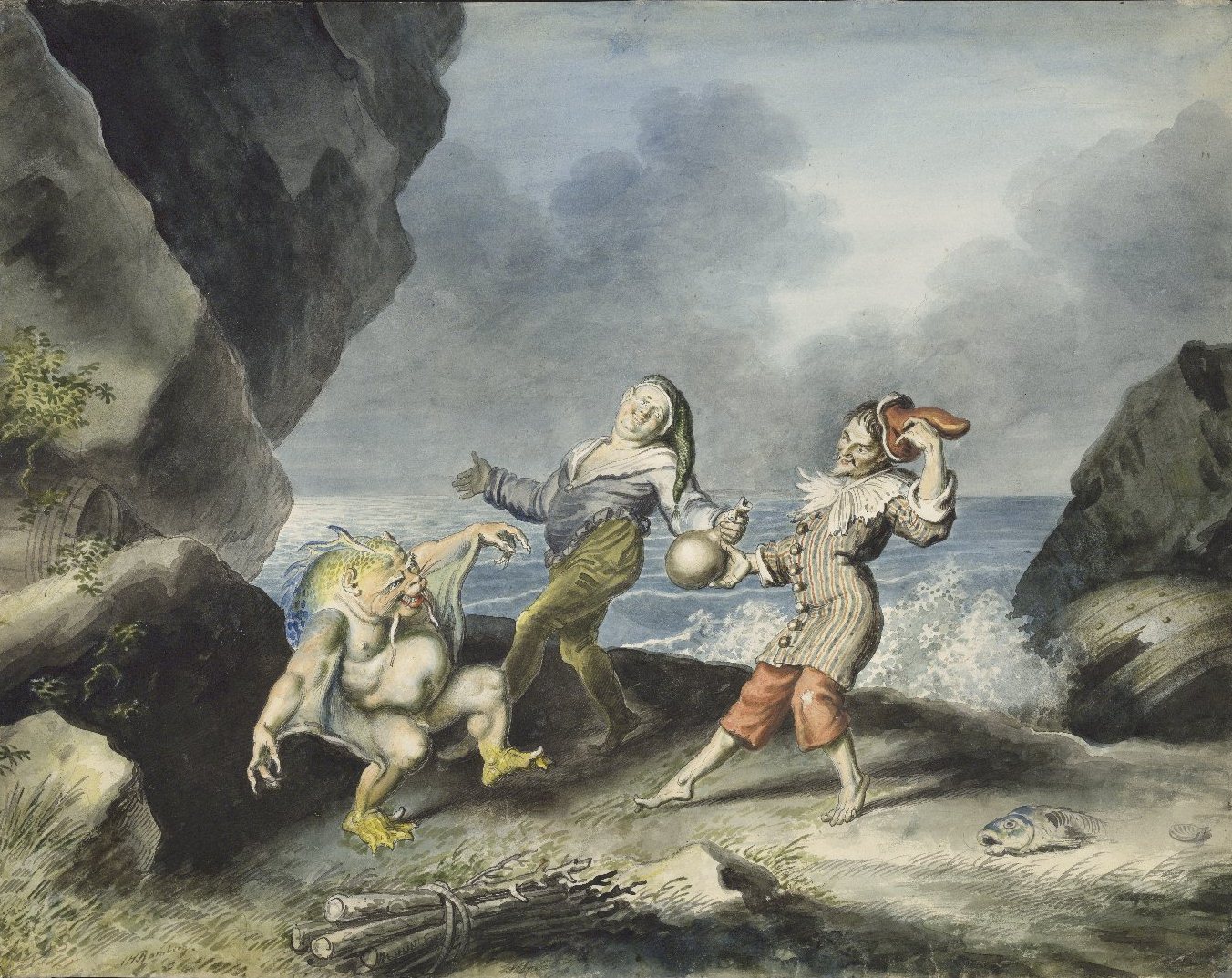(Preface: This was originally a comment on Jake’s original blog post which can be found here, but it turned out to be reeeaaally long, so I thought it would be easier and more appropriate to publish a separate blog post. That’s why I talk in second person in this.)
You have a a compeling argument here and I can see where the desire to show John (I don’t consider myself his friend or all that sympathetic towards him so I’m reluctant to call him Scottie) in a more flattering light comes from. I still have some objections to what you say though.
In your first point, you say that John didn’t have a fetish with Madeleine’s image but instead wanted to change Judy because she WAS Madeleine. You seem to imply here, then, that John knew from the beginning that he knew that Judy = Madeleine. I really doubt that is the case, because a) why did it take him until Judy put on the red necklace to have the epiphany that Judy = Madeleine? and b) why didn’t he just straight up confront Judy? He could have so easily come out and made his case. He was a lawyer to begin with, after all. Why didn’t he do just that? And if your theory about him not fully believing that Madeleine was dead, is correct, then all the more reason to ask Judy straight up. Instead he goes to rather extreme lengths to buy the exact same dresses that Madeleine wore for Judy. He forces her to dye her hair blonde, and, when she comes back from the salon visibly upset and reluctant to pin her hair up the way that Madeleine did, guilts her into going to the bathroom to do so. And it is after this (and only after this) final touch that turned her into the exact image of Madeleine that he kisses her feverishly and passionately. I can see nothing detective-y about all of this and I certainly disagree that he is not overbearing or controlling.

John being physically abusive; Vertigo. Hitchcock, Alfred. Time stamp: (approx.) 02:04:28
You can’t convince me that John isn’t an abusive manipulator after this scene.
I do, however, agree that Judy is not a passive woman and yes, she was perfectly capable of denying John’s coercion. And she did. She protests and asserts herself throughout the shopping scene and the hair scene. But like you said, she ultimately wanted the happily ever after with John and the cost was to transform herself into the image of another woman, and so she does. And she’s clearly happy once John finally seems to love her (“I finally have you, don’t I?” 1h59m-ish). Does this mean that Judy more or less consents to the treatment she got? Perhaps. Does that make John’s actions not overbearing or controlling? No. In fact, I would argue that John was aware of the power he had over Judy and abused it in order to get what he wanted. He knew that Judy just wanted him to love her, but he also wouldn’t kiss her on the lips until she had fully transformed into Madeleine’s image (up until then, he only briefly pecked her knuckles and cheek), therefore withholding his love until she did what he wanted her to do. Furthering my point that John is absuive, he even physically had her in a grip when they go back to the church, and when Judy tries to turn back to the car, he jerks her back and pretty much shoves her up the stairs. And then he attacks her, interrogating her about the truth and pushing her around violently. It was honestly such an uncomfortable experience watching that, as a female.
So yes, clearly I think John is a controlling man to say the least, but, as established, Judy is not passive. So he in fact not only controls, but abuses a woman who protests and resists his advances. I seriously cannot see him as simply a detective who wants to solve a case. He just goes way too far and clearly his motivations seem far beyond simply wanting to resolve a case. I mean he goes back to look at the scene of the crime, fine, that’s something a detective would do. But to literally drag a woman up the stairs and throw her against the wall once they reached the very top?
I can, however, see him as a mentally and emotionally unstable person who just wants to be free. I propose, instead, a third option: that John turned Judy into Madeleine in order to recreate the traumatic scene at the church so that he could resolve his vertigo. He actually even says before telling Judy to run up the stairs like Madeleine did: “I tried to get to the top, but I couldn’t. One doesn’t often get a second chance. I want to stop being haunted. You’re my second chance, Judy. You’re my second chance.” (2h02min) It would make sense in relation to the beginning as well, when Midge says that a way that the doctors say could resolve his vertigo is to have another traumatic experience. The first time, with Madeleine, he couldn’t push himself all the way, but when he saw Judy, he grew obsessed, perhaps not only because he thinks he found a dupe for Madeleine but also because he can try again to get better. And when he reaches the top, he proclaims the truth, retelling the real story. Perhaps that was part of the cleansing, an experience of catharsis that was part of the cure. He is, after all, a detective and detectives bring the truth to light. And don’t they say, “the truth will set you free”?
Still, at the end of the day, he clearly is exhibiting signs that he’s disturbed and needs help. Yes, he is abusive, controlling, and manipulative, but maybe it was beyond his control.

![By MarcusObal (Own work) [CC BY-SA 3.0 (http://creativecommons.org/licenses/by-sa/3.0) or GFDL (http://www.gnu.org/copyleft/fdl.html)], via Wikimedia Commons](https://blogs.ubc.ca/hzhou/files/2016/02/512px-Michelangelos_David.jpg)
![By Paulis (Own work) [CC BY-SA 3.0 (http://creativecommons.org/licenses/by-sa/3.0)], via Wikimedia Commons](https://blogs.ubc.ca/hzhou/files/2016/01/Red_rose_in_snow_AB2013.jpg)


